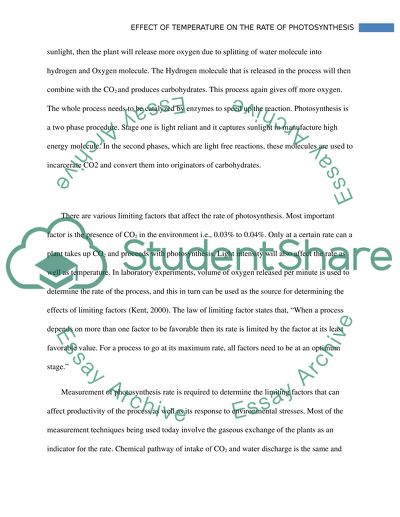Cite this document
(“The Effect Of Temperature On Rate Of Photosynthesis Of Pondweed Plant Coursework”, n.d.)
Retrieved from https://studentshare.org/biology/1398667-the-effect-of-temperature-on-rate-of-photosynthesis-of-pondweed-plant
Retrieved from https://studentshare.org/biology/1398667-the-effect-of-temperature-on-rate-of-photosynthesis-of-pondweed-plant
(The Effect Of Temperature On Rate Of Photosynthesis Of Pondweed Plant Coursework)
https://studentshare.org/biology/1398667-the-effect-of-temperature-on-rate-of-photosynthesis-of-pondweed-plant.
https://studentshare.org/biology/1398667-the-effect-of-temperature-on-rate-of-photosynthesis-of-pondweed-plant.
“The Effect Of Temperature On Rate Of Photosynthesis Of Pondweed Plant Coursework”, n.d. https://studentshare.org/biology/1398667-the-effect-of-temperature-on-rate-of-photosynthesis-of-pondweed-plant.


